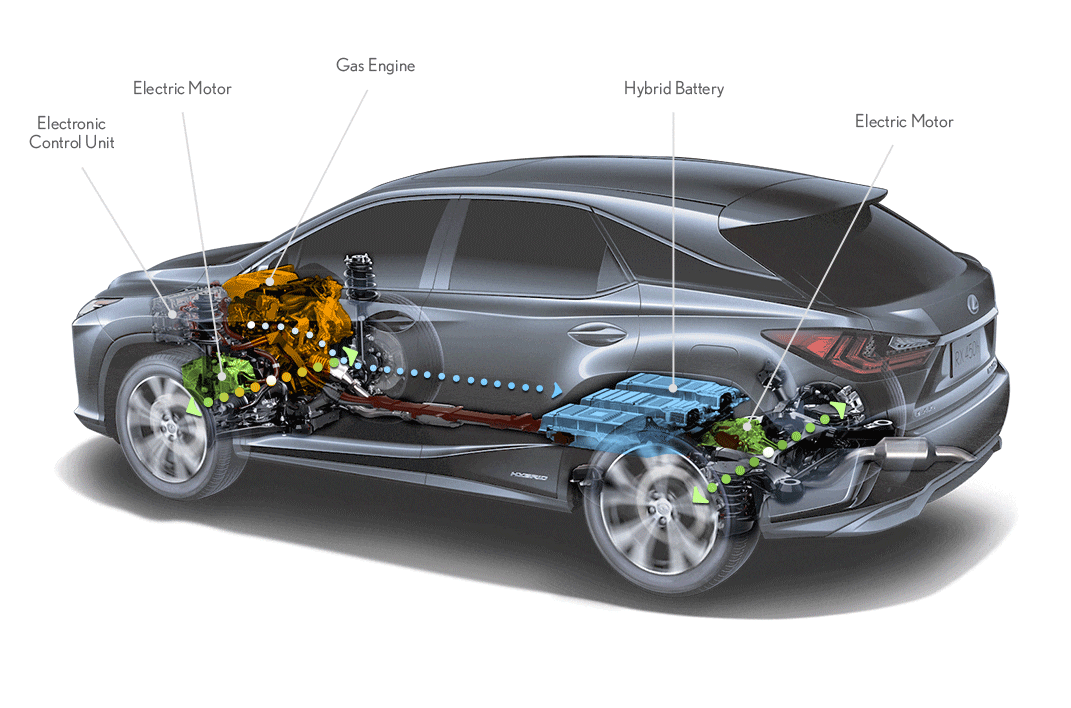


If you head off with a flat battery, you'll be dragging around dead weight, but if plugging in every night becomes part of your routine, you'll make the most of the technology underneath your vehicle. Therefore, optimising the fuel efficiency of a PHEV often comes down to your charging regime. A plug-in hybrid vehicle can have its battery charged directly from the electrical supply network. The internal combustion engine and energy recovered from the vehicle braking systems are used to charge the battery. This weakness might appear to contradict a plug-in hybrid's low fuel consumption figures, though it's worth noting that the litres-per-100 km figure assumes you've ventured off with a fully-charged battery. Hybrid vehicles will use the two sources of power automatically and may use both simultaneously. What is a plug-in hybrid EV? Plug-in hybrid vehicles (PHEVs) can offer the advantages of a battery-electric vehicle without sacrificing the peace of mind that comes with having an internal combustion engine (ICE) under your bonnet.įor the average Aussie commute, most PHEVs can run on electricity for emissions-free motoring, but will function as a conventional hybrid if the battery runs out.Ī downside compared with regular hybrids is that the pure-electric driving range requires a bigger battery, which often makes for a heavier and less fuel-efficient vehicle than comparable hybrids, and even some ICE vehicles when using the engine alone.


 0 kommentar(er)
0 kommentar(er)
